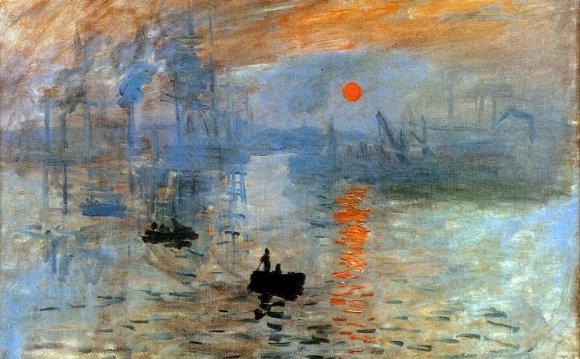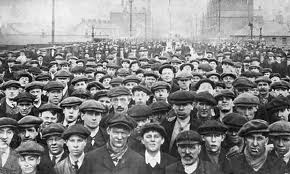
The social changes brought about by the Industrial Revolution were significant
 The bad living conditions in the towns can be traced to lack of good brick, the absence of building codes, and the lack of machinery for public sanitation.
The factory owners’ tendency to regard labourers as commodities and not as a group of human beings.
The Industrial Revolution created a new working class
The new class of industrial workers included all the men, women, and children labouring in the textile mills, pottery works, and mines
Wages were low, hours were long, and working conditions unpleasant and dangerous
Women and children regardless of where they worked, had the most exploitative working condition and the lowest rates of pay.
This is a picture of two children working in the mines. They were small enough to fit into narrow space. These are often the conditions children worked in.
The bad living conditions in the towns can be traced to lack of good brick, the absence of building codes, and the lack of machinery for public sanitation.
The factory owners’ tendency to regard labourers as commodities and not as a group of human beings.
The Industrial Revolution created a new working class
The new class of industrial workers included all the men, women, and children labouring in the textile mills, pottery works, and mines
Wages were low, hours were long, and working conditions unpleasant and dangerous
Women and children regardless of where they worked, had the most exploitative working condition and the lowest rates of pay.
This is a picture of two children working in the mines. They were small enough to fit into narrow space. These are often the conditions children worked in.
Conditions in City Life
People flooded into cities from the country side in hopes of finding jobs.
Exclusive neighborhoods were build for wealthy bourgeoisie, while the working poor was forced to live in the ghettos
The poor were forced to tolerate intrusions even at the most intimate times.
People were used to work and home being in the same place and it was normal for parents and children to work together
Working day ranged from 12 to 16 hours
As many as 8 to 10 people would share one room, families and single people of both gender would sleep together.
Houses were built in rows or in squares with a common courtyard, in which there might be a water tap and a common toilet.
There was little access to fresh air and little provision for clean water or removal of refuse, including human waste.
When production was in demand, workers would work extremely hard for a long hours.
When the market was slow, they worked at a more leisurely pace.
Employers imposed fines and penalties for lateness, for interruptions in work and for absenteeism
Social structure as a result of Industrial Revolution
Increase in standard of living eventually resulted from urbanization
Gap between wealthy and working class still remained enormous
Industrial and urban development made society more diverse and less unified
Diversity within middle class
Upper middle class: bankers, industrial leaders, large-scale commerce
Diversified middle class: businessmen, professionals, merchants, doctors and lawyers
Lower middle class: independent shopkeepers and small traders
Working class: about 80% of population
Many were peasants and hired hands (especially in Eastern Europe)
Less unified and homogenous compared to middle classes
Highly skilled workers were at the top of working class (about 15% of pop.)
Semi-skilled workers: carpentry, bricklaying, successful factory workers
Unskilled workers and domestic servants were at the bottom.
Changing family
Romantic love most important reason for marriage by 1850
Source: schoolworkhelper.net
RELATED VIDEO
Social Project- Child labor during the Industrial Revolution







